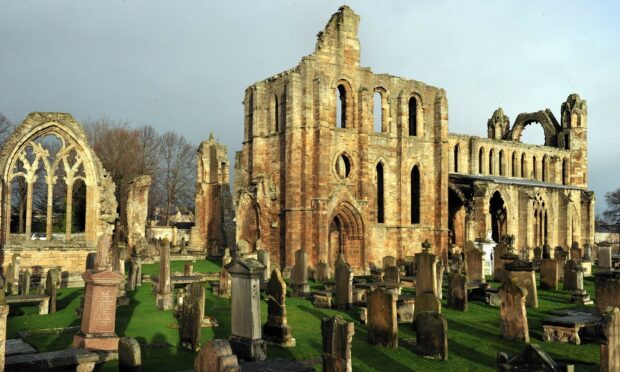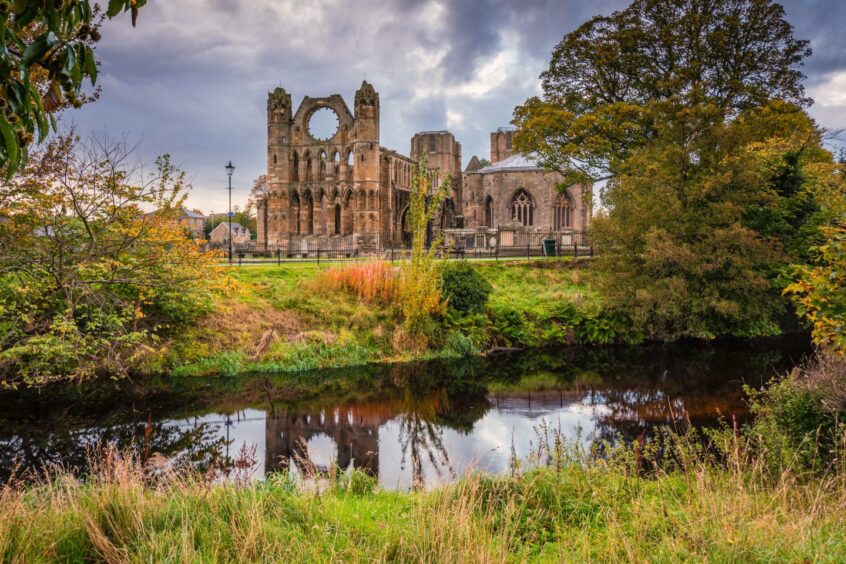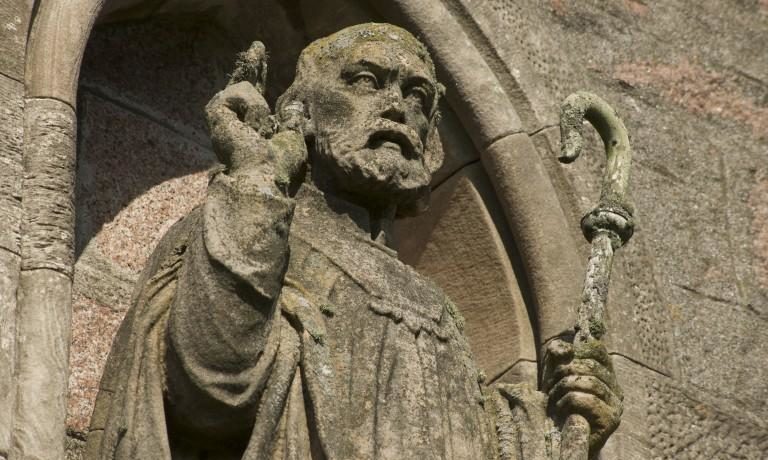A collection of 30 shards from a medieval stained glass window in Elgin are helping scientists and historians to piece together Scotland’s religious and social history.
Scottish researchers are trying to piece together part of Scotland and Elgin’s past by combining hi-tech science with historical knowledge.
Scientist Craig Kennedy from Heriot-Watt University and Michael Penman, a historian from Stirling University, hope they can bring the past to life with the project, and fill in the knowledge gaps created by the Reformation.
Reformation wiped out Elgin Cathedral windows
During the Protestant Reformation of 1560, stained glass windows were smashed and buried on-site, or otherwise left to decay, and were replaced by austere, plain glass.
Mr Penman said: “In medieval times, most of the congregation would have been illiterate, so stained glass and paintings would have been the best way to address them.
“Nowhere else would they have seen anything so colourful and lavish.”
He added: “In Scotland, the Reformation was much more destructive, and absolutely nothing remains in place.
“We want to try and recreate this experience and learn more about medieval daily life by combining historical research with scientific findings.”
Unearthed glass gives window on past
The team has focused on two churches, Elgin Cathedral and Dunfermline Abbey.
Mr Kennedy said: “Over the last few decades, we’ve been able to recover shards of medieval church glass during excavations.
“We can narrow down the age of the glass to part of a century, and from there we can use scientific techniques to determine where it was produced. We can work out when it was produced from some decorative patterns.
“We know the colours but so much more. The presence of certain glass tells us where Scotland had trade routes, and who sponsored or supported churches here.”
Combining scientific information and historical studies has led to an educated guess on how the chapel windows may have looked at Elgin Cathedral.
Mr Kennedy added: “The glass recovered from Elgin was red, brown, blue, green and clear, and many of the clear sections were decorated in the French grisaille style.
“Elgin Cathedral’s windows may have had grisaille borders and abstract top lights highlighting saintly figures. As to who those figures were, we have a number of candidates.
“The Virgin, Thomas Becket, St Columba of Iona and a few others are known to have regional dedications in the north-east of Scotland.”
The research was published in the journal Heritage.



Conversation